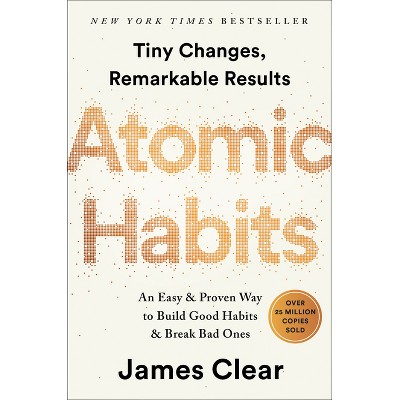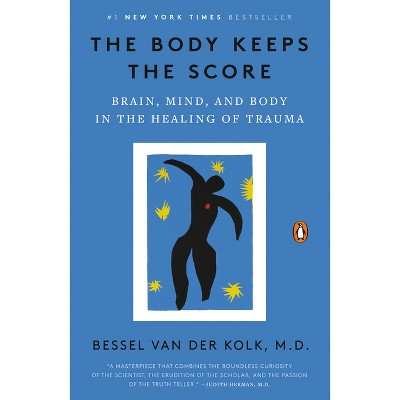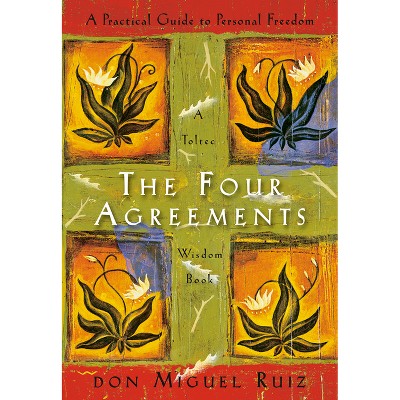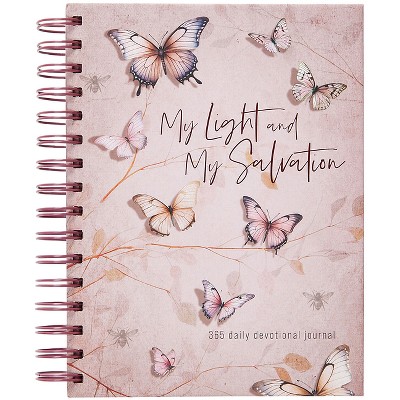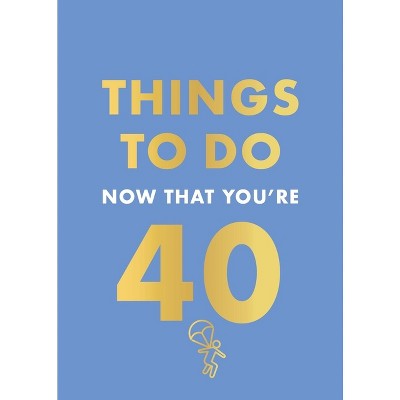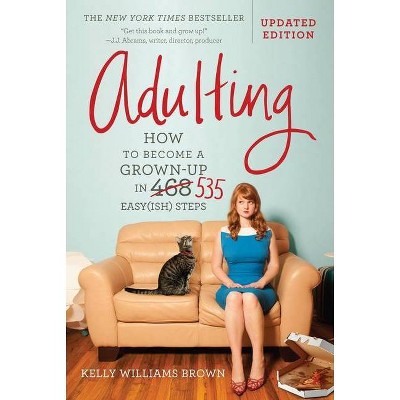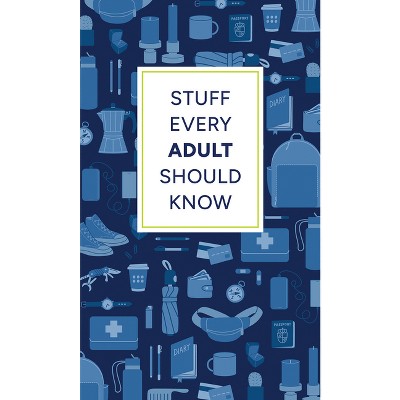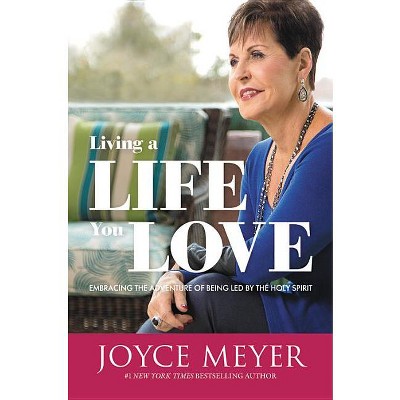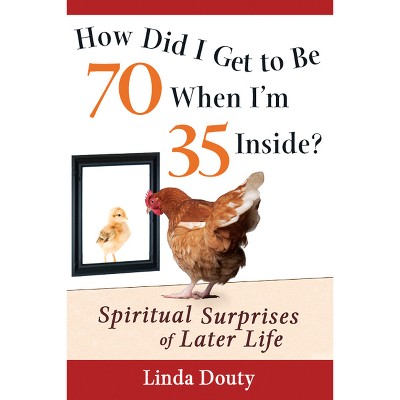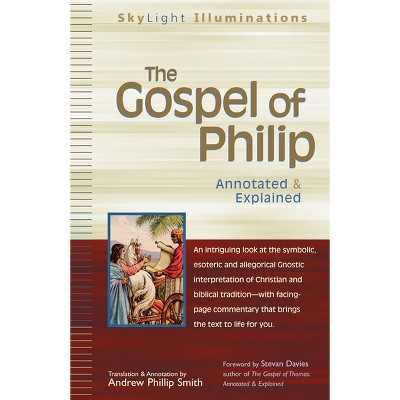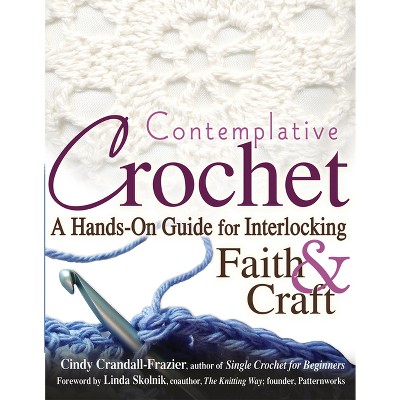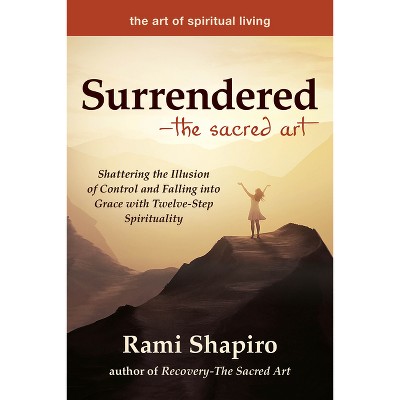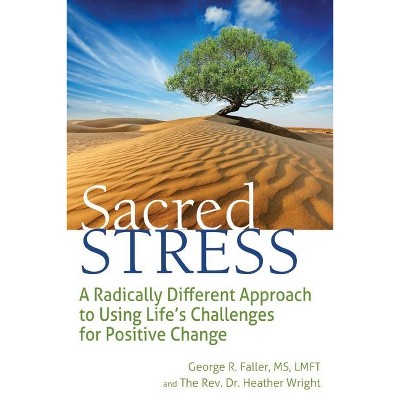Sponsored

Creative Aging - by Marjory Zoet Bankson (Paperback)
In Stock
Sponsored
About this item
Highlights
- Explores the spiritual dimensions of retirement and aging and offers creative ways for you to share your gifts and experience, particularly when retirement leaves you questioning who you are when you are no longer defined by your career.
- Author(s): Marjory Zoet Bankson
- 162 Pages
- Self Improvement, Aging
Description
About the Book
Explores the spiritual dimensions of retirement and aging and offers creative ways for you to share your gifts and experience, particularly when retirement leaves you questioning who you are when you are no longer defined by your career.Book Synopsis
Explores the spiritual dimensions of retirement and aging and offers creative ways for you to share your gifts and experience, particularly when retirement leaves you questioning who you are when you are no longer defined by your career.Review Quotes
Drawing on stories of real-life people, this practical, useful book develops the spiritual dimensions of aging in a way that makes what the author calls "the generative years" count. Bankson develops her book around seven themes. She begins with "Release" letting go of vocational identity; and continues with "Resistance" resisting change; "Reclaiming" drawing energy from the past; "Revelation" forming a new vision for the future; "Crossing Point" moving from stagnation to generatively; "Risk" stepping out with new hope; and "Relating" creating or finding new structures for a new kind of work. The book is a valuable tool for those beginning to think of retirement, forced into retirement by the present economy, as the situation forces the reader to look at how s(he) looks at her(himself) as a person or as a worker. Each chapter is followed by a reflection on the spiritual dimension and questions to ponder related to the topic. The epilogue, "Living Wholeheartedly," focuses on the attitude necessary to age creatively, being grateful for the gift of this extra time to receive the grace that surrounds us every day. In simple language the author presents considerations that will give the reader a choice between growing old and creative aging as s(he) reworks her/his identity associated with a career, making peace with what has or has not been accomplished to discovering who s(he) is now and enjoying the freedom. She calls readers to remember that "we are human beings not human doings." This valuable book is strongly recommended for anyone facing the reality of retirement. Ann Lynch, SSJ
Shipping details
Return details
Frequently bought together



